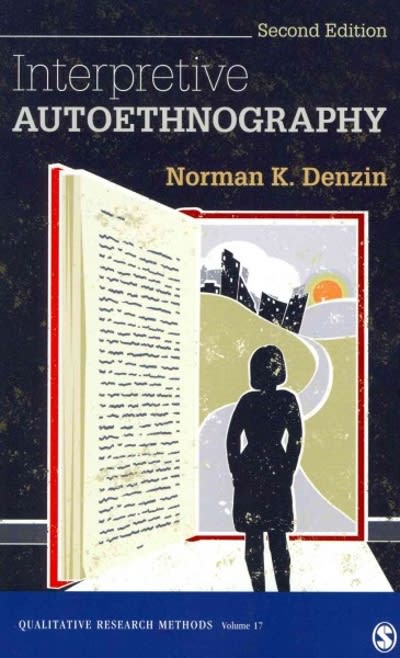Question
This is the article reference : https://www.bmj.com/content/341/bmj.c6614 This is the reference summary of the experiment : The research that was conducted and reviewed in the
This is the article reference :
https://www.bmj.com/content/341/bmj.c6614
This is the reference summary of the experiment :
The research that was conducted and reviewed in the article was aimed at measuring the effects that one's sleep has on their perceived appearance. More specifically, the research examines whether people who are sleep deprived are seen by their peers as being less beautiful, less healthy, and more exhausted than they would be after a full-night's sleep. Using the idea that is usually referred to as "beauty sleep" as a primary thought in this study, the goal was to determine whether the amount of sleep that one gets can adversely affect how others perceive and evaluate their health and attractiveness. In order to test this theory, 23 healthy people were photographed before and after experiencing sleep deprivation. 65 untrained observed then scored the images using a visual analog scale to rate the participants on their perceived health, attractiveness, and tiredness. According to the study's results, the untrained observers voted that sleep deprived participants were less healthy, more tired, and less attractive compared to when they were well rested. This also suggests that humans are sensitive to sleep related facial cues, with implications for social and clinical judgements and behaviors.
The study's lack of a blind design is another possible flaw. A blind design would have made sure that the observers were not swayed by their knowledge of which photos were of individuals who were sleep deprived and which were of people who were well-rested.
Methods
Participants
Participants will be 23 healthy, sleep-deprived adults 11 women and 12 men (aged 18-31) who will be photographed, and 65 untrained observers (aged 18-61) who will be rating the photographs.
Design
There was a control group of normal sleep conditions and a treatment group of restricted sleep conditions, and the same participants were there in both groups.
Procedure
In normal sleep conditions, the participants slept in their homes and reported when they went to sleep and got up using text messages to the researcher. In the restricted sleep condition, the participants came to a sleep laboratory.They were photographed twice, once after a normal night's sleep of 8 hours and another in sleep deprivation when they did not sleep for 31 hours after a night of reduced sleep.The 46 photographs were shown in a random order to the observers who rated them in terms of attractiveness (ranging from very unattractive to very attractive), health (ranging from very sick to very healthy), and tiredness (rating from not at all tired to very tired).A 100mm analogue scale was used to record the ratings of the observers. Various methods were adopted to ensure standardization in procedure and prevent the influence of intervening variables. The ratings were statistically analyzed.
Measure
The dependent variable in this study is how sleep-deprived people are perceived by others in terms of attractiveness, health, and tiredness.This might be assessed by self-reporting, in which people are asked to evaluate, on a scale from 1 to 10, how sleep deprived they feel at the moment. Physiological measures, such as heart rate or skin conductance, might be used as an additional method in order to establish the extent to which the test subjects have been deprived of sleep.
The demand characteristics could be avoided with the help of a blind study. The study's participants may be given sleep trackers and instructions on how to use them, but they may not be informed of the study's ultimate goals. This safeguards against participants' erroneous assumptions about the hypothesis and consequently skewed outcomes. A validity check to evaluate if demand characteristics were present would involve asking participants after the study whether they guessed the hypothesis. If many participants say that they guessed the hypothesis, this suggests that demand characteristics were present.
QUESTION:
1. Describe how and why you might conduct the experiment described with more than just two groups (an experimental and control group). What other groups might you add, and why? The groups should add levels of the independent variable, not another independent variable.
2. why this is better than using only two groups.
Step by Step Solution
There are 3 Steps involved in it
Step: 1

Get Instant Access to Expert-Tailored Solutions
See step-by-step solutions with expert insights and AI powered tools for academic success
Step: 2

Step: 3

Ace Your Homework with AI
Get the answers you need in no time with our AI-driven, step-by-step assistance
Get Started


